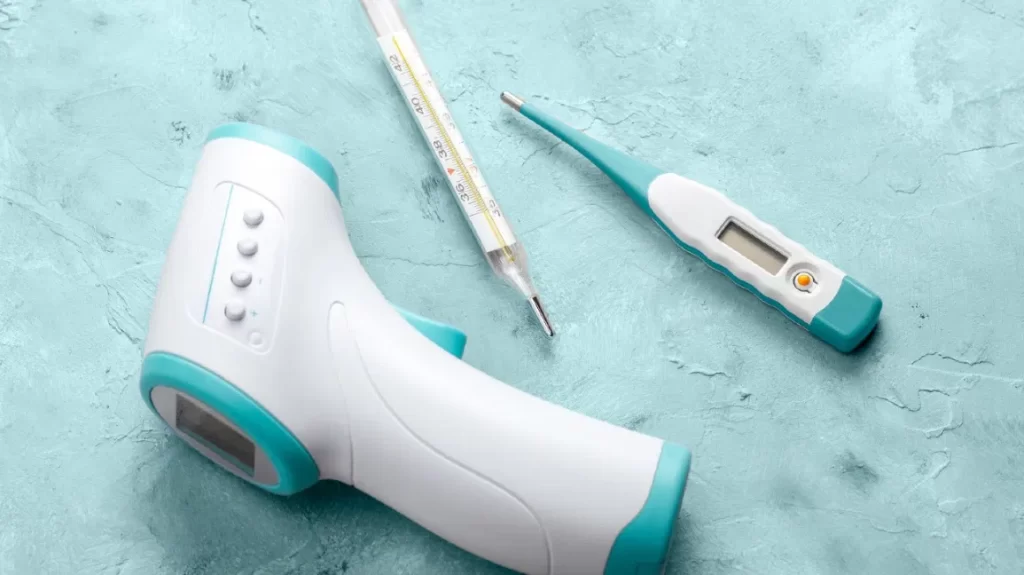If something positive can be said about the past couple of years, in which the entire world ground to a shocked and frenzied halt amid the worst global pandemic for a century, it can be summarised with a single word: technology. One of the most obvious examples of this is the way we suddenly got a lot smarter about how to monitor for the earliest signs of fever – such as the widespread use of the infrared thermometer. Other technologies obviously involved one uninfected person holding a thermometer in order to get that all-important temperature reading – but with the infrared thermometer, no actual person-to-person or even device-to-person physical contact is necessary at all. But this isn’t the only reason to give infrared thermometer technology a second look, even for industries not at all related to health.
For instance, infrared thermometer technology is also capable of:
* Monitoring temperatures when the target object is either not accessible or in motion
* Taking measurements when the target object is contaminated
* Taking measurements when a contact sensor would damage the target object
* Taking measurements where contact is not possible due to conditions like extreme temperature
* Taking measurements from electrically active target objects.
The way infrared thermometers work is based on the concept of infrared radiation, which is basically just the form of invisible energy emitted by atoms as they move around within an object. The only condition in which these atoms don’t move at all is when the object’s absolute temperature is zero – in which case the temperature is already known. The faster the atoms are moving around, the higher the temperature is, allowing the infrared thermometer device to use its special lens to focus the infrared light and turn it into detectable heat.
The most obvious application for infrared thermometers are clinical environments, but as the technology becomes better known, more widespread, more generally applicable and affordable, a growing range of industrial settings are adopting use of this device category. These include process applications such as those involving metals, minerals, plastics and paper, but also for checking fire hotspots, the temperature of food and liquids as they are being cooked and heated, and much more.
So with a growing list of clinical, commercial and industrial settings in which infrared thermometer technology is useful, what factors should be considered as your setting or industry looks to get the precise devices it requires?:
-
Accuracy
This is determined by the distance-to-spot ratio – the bigger the ratio, the further away the reading can be taken.
-
Emissivity
This is the amount of energy the infrared device can simultaneously handle.
-
Temperature range
Single devices tasked with measuring quite different processes will require a wider temperature range, whilst narrower temperature ranges will typically offer higher resolution.
-
Reading speed
After ‘pulling the trigger’, the rading speed is how long the device takes to give the reading. Processes involving moving objects will require very fast response times.
-
Robustness
Devices for industrial environments are more robust, which could be due to tougher lens technologies or more durable casings.
Finally, with a rapidly growing product range, the infrared thermometer devices on the market will differ in useability, extra features, quality and warranty protection. So to get the precise products your application or organisation requires, it’s always a good idea to check in with technological experts so you get that selection right the first time.
Looking for high-quality infrared thermometers? Visit RS Online, and shop the range!


